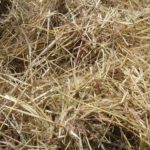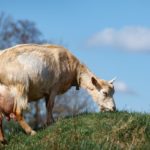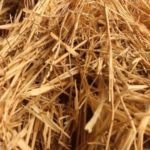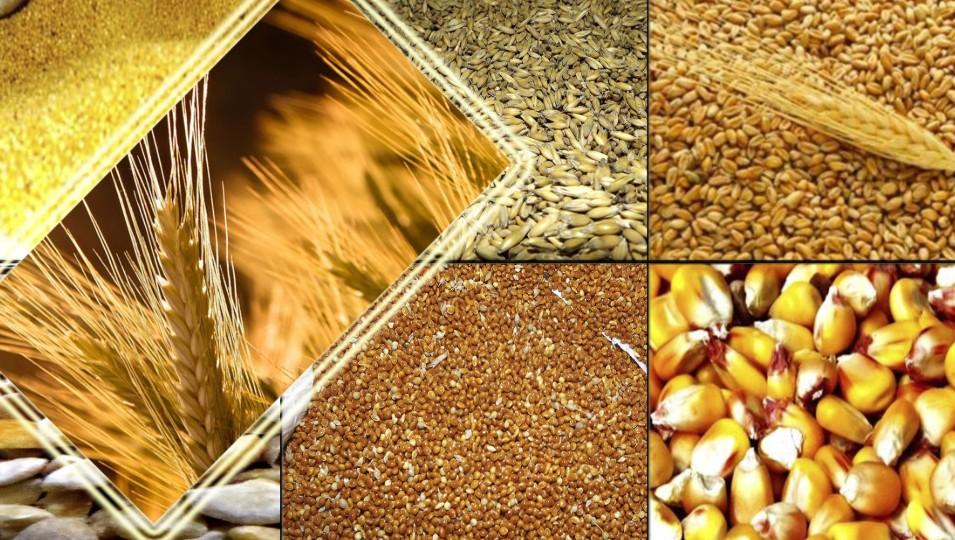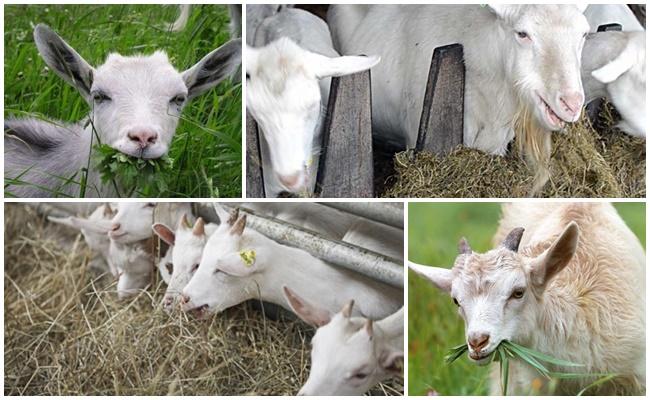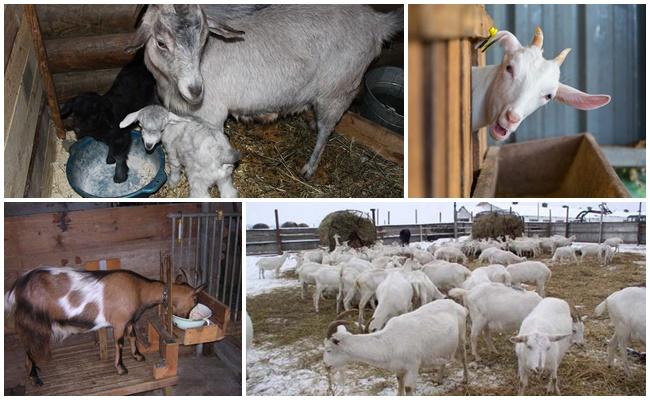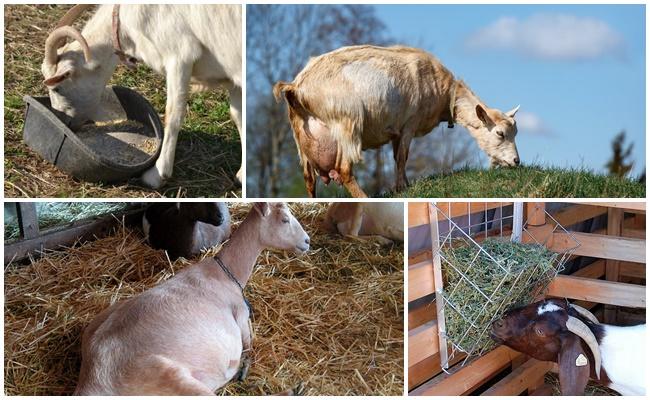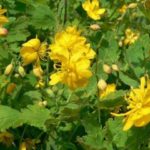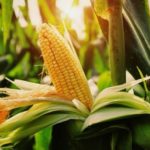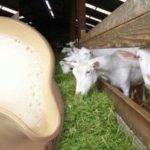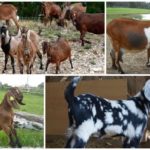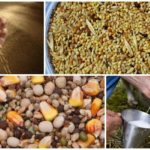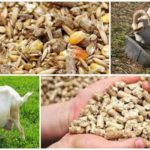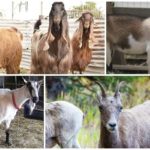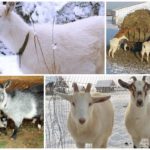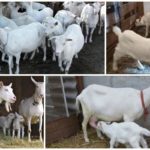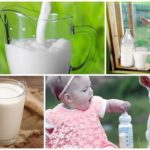The productivity of goats depends on feeding characteristics and living conditions. Animals are not capricious and whimsical in food, but the quality and quantity of milk and the value of fluff vary depending on the diet. It is important to find good pasture for summer walking and prepare food for the winter. Let's consider what and how to feed a goat in order to obtain high-quality milk, provide the animal with a tasty and healthy diet and not harm its health.
Types of feed, their features
To feed goats, different types of plant feed are used depending on the season and possibilities. The ideal option is pasture keeping, in which the animal feeds on succulent grasses on its own and frees the owner from many worries, but in most regions this is possible only part of the year.
In order to have more milk, vitamins and protein are introduced into the diet. These components help avoid health problems and strengthen the immune system. The diet is made up of a combination of roughage, succulent and concentrated feed.
Juicy
Green food is a source of vitamins, proteins, all goats love to nibble grass and enjoy doing this in the pasture most of the day. The category of succulent feeds includes:
- Tops of garden plants. When harvesting vegetables, the tops are separated and given to the goats. Animals eat beet tops, carrots, and Jerusalem artichokes. Juicy greens contain a lot of useful substances. To reduce acidity, add 1 gram of chalk per kilogram of green mass.
- Grass. When housing in stalls, they mow and feed the grass, but it is better to turn the animals out to pasture. When feeding grass, you should remember that some species are dangerous and poisonous (celandine, fern).
- Vegetables. Root crops, melons and vegetables rejected for their small size are excellent succulent food for goats. Carrots, fodder and red beets can be given with tops. All goats love to crunch on the heads and root leaves of cabbage.
- Fruits. The carrion of apples and pears goes into feed. The kernels of stone fruits should be removed.
In winter, fresh feed is replaced with silage. It is harvested from grass, tops, and stored in trenches or containers made of inert material. A goat eats 2-3 kilograms of succulent feed per day.
Rough and dry
This type of feed is the basis of the winter diet. Dry and roughage foods include:
- hay - based on alfalfa, clover, which are richest in nutrients;
- straw – stems of cereals and legumes after grain threshing;
- brooms - birch, poplar, eucalyptus, aspen, linden, willow, rowan.
The branches are cut and dried in early June, choosing young shoots up to 1.5 centimeters thick. The grass is harvested in July, tying it into bunches and sheaves.
Concentrated
In winter, goats cannot do without concentrates, especially necessary for young animals, pregnant and dairy goats. For feeding are used:
- cereal grains – wheat, barley, oats;
- corn – high protein content;
- legume grains are a source of protein;
- oilseeds – vegetable fats and protein;
- combined feeds;
- bone and fish meal, milk - dry and skimmed;
- food and processing industry waste – cakes, molasses, bran, pulp.
Goats are given grains in small quantities and in crushed form; large grains and peas are poorly digested, causing an increase in fat mass and a decrease in milk production. It is especially dangerous to uncontrollably feed corn, which causes obesity. Several methods are used to process feed grain:
- crush, flatten;
- subjected to yeast;
- fry;
- sprouted – significantly improves the vitamin composition.
Vitamins and microelements are necessary to improve the quality and quantity of milk in goats and maintain health. Goats can be given bread, or even better, crackers, with liquid vitamins (Tetravit) dropped on them.
Diet by season
When feeding goats, it is necessary to take into account seasonal opportunities and prepare feed for the winter in order to provide the animals with a complete diet. Procuring hay, haylage, silage, and brooms reduces the cost of purchased feed in the winter.
Summer
In summer, at home, goats are on pasture most of the day. Before tying a goat or sending it to free range, inspect the vegetation around it so that the animals do not eat poisonous plants. In summer, a goat can eat up to 8 kilograms of grass while grazing. By the end of the season, the greenery becomes scarce and dries out, so that the goats are fat and well-fed, and the milk yield is plentiful; the animals are fed in the morning and evening.
Summer feeding table for goats:
| Time | Feed | Quantity |
| Morning | Compound feed, soaked bran | 0.5 kilograms |
| Day | Grass on pasture | |
| Evening | Compound feed, succulent feed – vegetables, fruits, tops | 1 kg |
| Night | Hay | 1 kg |
| Day | Salt
Bone meal, chalk |
Tea spoon
12 grams |
Without additional feeding on grass alone, milk yield will be insignificant (less than 2 liters), and the quality of the milk will suffer.
During the breeding period, the goat is put on enhanced nutrition, given 0.8-1 kilograms of concentrates per day, and driven out to pasture with lush grass. You should prepare food with carotene - carrots, rose hips.
Winter
The main problem for beginning goat breeders is preparing a winter diet and preparing feed. The grazing season ends quickly, the stable season lasts 7 months (depending on the region). For one animal you will need for the entire period:
- roughage – 350-560 kilograms;
- juicy - 400-600 kilograms;
- brooms, foliage - 1-5 pieces per day;
- feed - 30-40 kilograms.
The animals are given the following amounts of hay per day for feeding: goats - 1.8-2 kilograms, male goats - about 3 kilograms, kids - 1 kilogram. If there is a lack of quality hay, straw is used.
Approximate feeding schedule:
- Morning. They give swill - warm, with steamed feed, juicy root vegetables. Then milking, after which the goat eats hay.
- Day. Food waste, boiled vegetable peelings from the table, root vegetables, silage. Milking is carried out. Next are hay, straw, brooms.
- Evening. Compound feed with moisture, brooms.
For good milk yield, it is useful to give juicy raw root vegetables (carrots, beets), pumpkin, and seedless zucchini. The quality of milk in winter is improved by rowan berries containing vitamins and microelements. Goats happily eat steamed dried fruits and chopped corn stalks. Warm water is provided during feeding; it should be freely available at all times.
Important: milk yield falls when the diet is monotonous and only one type of feed is used. Even during the grazing period, nutrition must be supplemented with compound feed, bone meal, and vitamins.
Feeding pregnant goats
During pregnancy, the goat eats for two, the volume of feed is increased, and special attention is paid to quality. Basic Rules:
- The feeding rate is increased in the second half of pregnancy; in the first half, there is no need to increase the diet.
- In summer, the animal must be taken out to pasture.
- In winter, granulated feed is given. Closer to childbirth, they switch to swill - liquid porridge from vegetables and grains, which are easier to digest.
Approximate daily diet:
- morning – grains (200 grams), vegetables, root vegetables (0.5 kilograms);
- day – hay, brooms (2 kilograms);
- evening - cake, feed (200 grams), hay.
They carefully monitor the quality of everything the goats eat.Feed with traces of rot or infested with insects is discarded.
What foods should I limit?
Goats can chew everything; the owner must monitor the cleanliness of the pasture and how much feed to put in the feeder. In limited quantities they provide:
- sweet berries, foods with sugar - cause bloating, fermentation, and digestive disorders;
- corn causes weight gain, given in limited quantities;
- wet herbs, tops, vegetables lead to fermentation processes, they need to be dried before placing them in feeders;
- grains and dough ground into flour;
- Celandine and bird cherry are dangerous in large quantities.
You should not give animals a lot of food that is unusual for them.
Poisonous and dangerous food
Much of what a goat is willing to eat is hazardous to health. The farmer must know what poisonous plants infest the surrounding pastures and not allow the animal there. The most dangerous:
- lupine;
- hellebore;
- green potatoes (tops are given in limited quantities and only in a mixture with other types);
- fern.
Some types of cakes (flaxseed, hemp, cruciferous) are considered dangerous if given incorrectly. When feeding an animal with leftover food from the table, you need to remove garbage, paper, and pieces of plastic from the swill.
Feeds that impair productivity
Some foods and plants impair the quality and quantity of milk. These include:
- wormwood, celandine, tansy - add bitterness;
- sorrel - sourness appears;
- garlic – bitterness and specific smell;
- marigold - reduces milk yield;
- silage – when consumed more than 3 kilograms per day, reduces the protein and fat content;
- cabbage – reduces fat content.
Some herbs are dangerous only during certain periods of the growing season; drying reduces their harm, and ensiling increases it. Those who want to get high milk yields and better quality milk from a goat need to think through the diet, make the menu rich and varied. This will preserve the productivity of the animal, ensure the birth of healthy offspring, and protect the pet from diseases.


